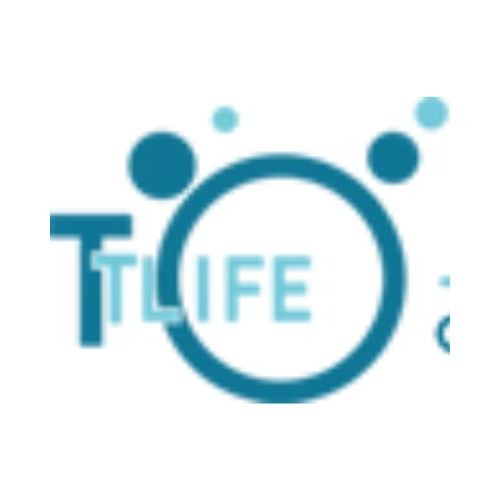### Overview
Webflow is a **web design and development platform** that enables users to build responsive websites visually without writing code. Founded in **2013** and headquartered in **San Francisco, California**, Webflow has emerged as a powerful tool bridging the gap between designers and developers by offering a no-code environment that produces clean, production-ready HTML, CSS, and JavaScript.
Webflow provides a comprehensive **visual web development interface** combined with content management system (CMS) capabilities, making it a versatile tool for marketers, designers, and developers alike.
As of now, Webflow offers a **mobile-friendly experience** through its responsive design tools; however, it does not have a dedicated mobile app for site building or management, relying primarily on its web-based platform.
With an estimated **monthly traffic of over 5 million users**, Webflow’s core markets include the **United States, United Kingdom, Canada, Australia, and Germany**, reflecting its broad adoption in English-speaking and tech-forward countries.
### Key Features of Webflow
#### Visual Drag-and-Drop Website Builder
Webflow’s intuitive **drag-and-drop interface** allows users to build fully customizable websites visually, eliminating the need to hand-code. Designers can manipulate every element on a page with pixel-perfect precision.
#### Responsive Design Controls
Users can create responsive layouts that automatically adjust for different screen sizes, including desktop, tablet, and mobile devices, ensuring modern standards for cross-device usability.
#### CMS and Ecommerce Integration
Webflow includes a flexible **content management system** tailored for dynamic content such as blogs, portfolios, and product listings. The platform also supports ecommerce capabilities for creating online stores with customizable product catalogs and checkout processes.
#### Hosting and Security
Webflow offers fast, scalable hosting powered by Amazon Web Services (AWS) and Fastly CDN, providing SSL security out of the box, backups, and high uptime to ensure website reliability.
#### SEO and Performance Tools
Built-in SEO settings allow users to optimize metadata, generate sitemaps, and handle redirects easily, while Webflow’s clean code output ensures fast load times and performant front-end experiences.
#### Interactions and Animations
Users can add advanced interactions and animations without code, bringing websites to life with scroll-based effects, hover states, and complex timelines.
### Benefits of Using Webflow
– **No-Code Development**: Enables designers and marketers to build professional-level websites without relying on developers, speeding up project timelines.
– **Design Flexibility**: Unlike rigid template-based builders, Webflow allows full creative control over layout and styling.
– **Clean Code Export**: Users can export clean, semantic HTML, CSS, and JS for use outside the platform, enhancing developer collaboration.
– **Integrated Hosting and CMS**: Simplifies publishing and content management with a single platform.
– **Ecommerce Ready**: Small to mid-sized online stores can launch quickly with integrated ecommerce features.
– **Strong Community and Resources**: Extensive tutorials, forums, and templates support users at every skill level.
### Applications of Webflow
Webflow is highly suitable for a range of use cases:
– **Agency Websites and Landing Pages**: Design-driven agencies use Webflow to create visually rich, responsive portfolio sites and campaign landing pages.
– **Startups and Small Businesses**: Users can launch SEO-friendly websites or online stores with minimal upfront investment.
– **Content-Heavy Sites**: Bloggers, journalists, and content creators manage dynamic collections of articles or portfolios easily through Webflow’s CMS.
– **Ecommerce Brands**: Webflow’s customizable ecommerce tools help brands tailor customer experiences without costly developer resources.
– **Prototyping and Design Systems**: Designers build interactive prototypes and reusable design systems that transition smoothly into production code.
In essence, Webflow combines the power and flexibility of professional web development tools with the accessibility of visual design, making it a leading solution in the no-code website builder market.








 Quick Links
Quick Links